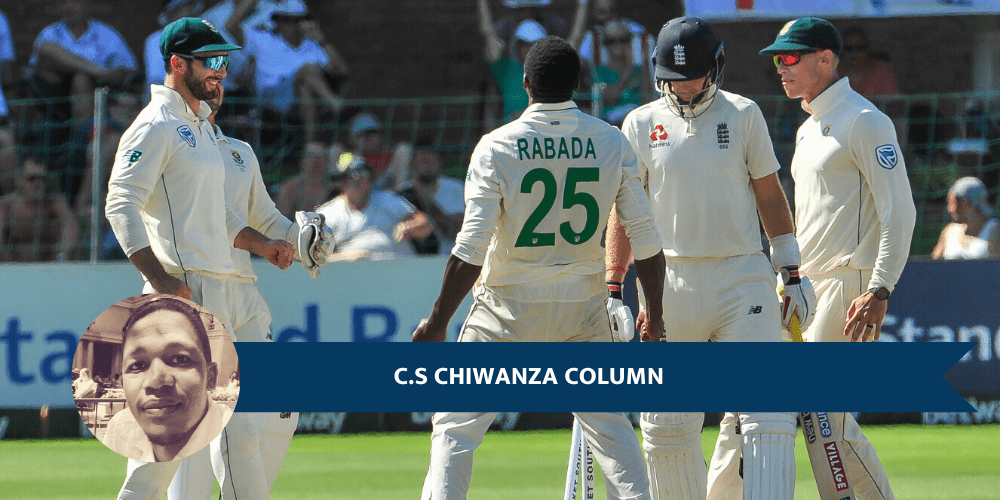In 2020, 8 years after their most dominant period in Test cricket ever, the Proteas Test side are a pale shadow of the team that won 4 Tests on the trot (in Sri Lanka, England, New Zealand and Australia). What happened? asks Chris Chiwanza.
In April 1992, South Africa played their first Test match after readmission against the West Indies at the Kensington Oval in Bridgetown, Barbados. They lost that match by 52 runs.
With the exception of Kepler Wessels who had made his Test debut in 1982 for Australia, the rest of the South African squad was making their debuts on the international stage. Thus began the journey that led to 2012, the year South Africa became the number ranked Test playing nation.
However, the 20-year-old journey was not linear, it was in leaps and bounds, with noticeable dips in performance from 1999 to 2003 and from 2006 to 2008.
In 2020, 8 years after their most dominant period in Test cricket ever, the South African Test side, the Proteas, are a pale shadow of the team that won 4 Tests on the trot (in Sri Lanka, England, New Zealand and Australia). What happened?
In 1994 Charles Handy published his book, “The Empty Raincoat”, and in it, he presented the idea of the Sigmoid Curve. The Sigmoid Curve is named after “sigmoid”, the Greek word for “s”.
He argued that the growth of an individual or team is not linear, but more in an “s” shape, which he divided into three segments: the learning phase, the growth phase and, finally, the decline phase. In the learning phase teams often will experience dips in performance as they try to find their identity, learn to navigate their strengths and weaknesses and adapt to the competition around them.
Some teams hardly ever emerge out if this learning phase or take much longer than others. Think of the Proteas from 1992 to 2003. In the growth phase, the learning has been embedded and momentum builds.
As the team capitalizes on the momentum they have created, they suddenly look charmed. Rewards and praises flow. The team performs at its best, and its bad days look like the good days of some teams. They are an invincible entity. Success is guaranteed.
Think of the Proteas between 2004 and 2013. At the heels of the growth phase comes the decline phase. First, the team starts losing one in four matches, and sometimes just manages to scrape through after almost losing the match. Then one in four becomes more frequent, and the team is losing every other match. Then it becomes a painful norm and suddenly nobody understands what happened to the powerhouse that had learnt how to win.
Think of the Proteas from 2013 to 2020…Proteas are just fulfilling the Sigmoid Curve because of a lack of foresight; it can be argued. Now they have to start at the beginning of the curve again. Start at learning, create a new curve, because they waited for a bit too long to act and seek to transform, and are now on the steep part of the decline, struggling to turn things around.
The Proteas are not the only team to suffer this course, the juggernaut that was the 1980s and early 90s West Indies squad fizzled into obscurity.
The English Premier League has Liverpool, and more recently, Manchester United as prime examples. Needless to say, as the decline takes root, team culture also deteriorates. But this is a different discussion of its own. Of course, this could have been avoided, had the change been started while they were at their best, on top of their game.
It is against natural instinct and popular wisdom to embrace change, recruit new talent, change tactics, reassess strategy when a team is at its best, but that is what is required. To make what Charles Handy called Sigmoid Leaps. One standout example of a team that has had uninterrupted success over a long period by taking Sigmoid Leaps is the All Blacks.
Sure enough, the Proteas will bounce back, their learning phase will be shorter than before, and growth phase might come sooner, but the question is, will they be able to create Sigmoid Leaps to sustain their success?
Photo: BackPagePix











